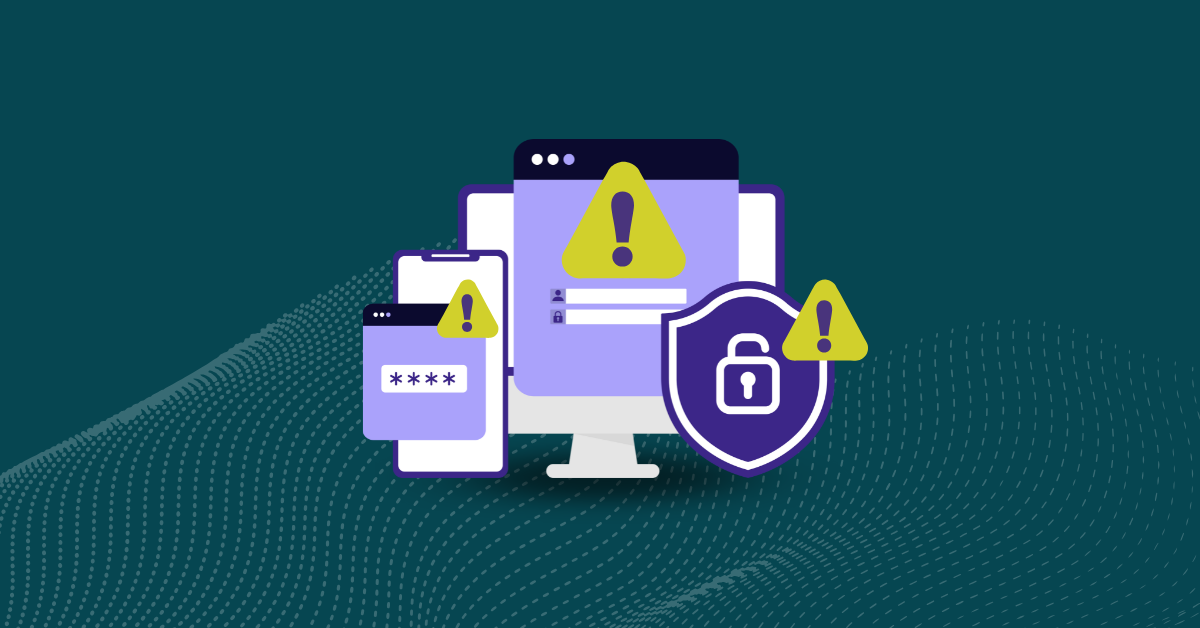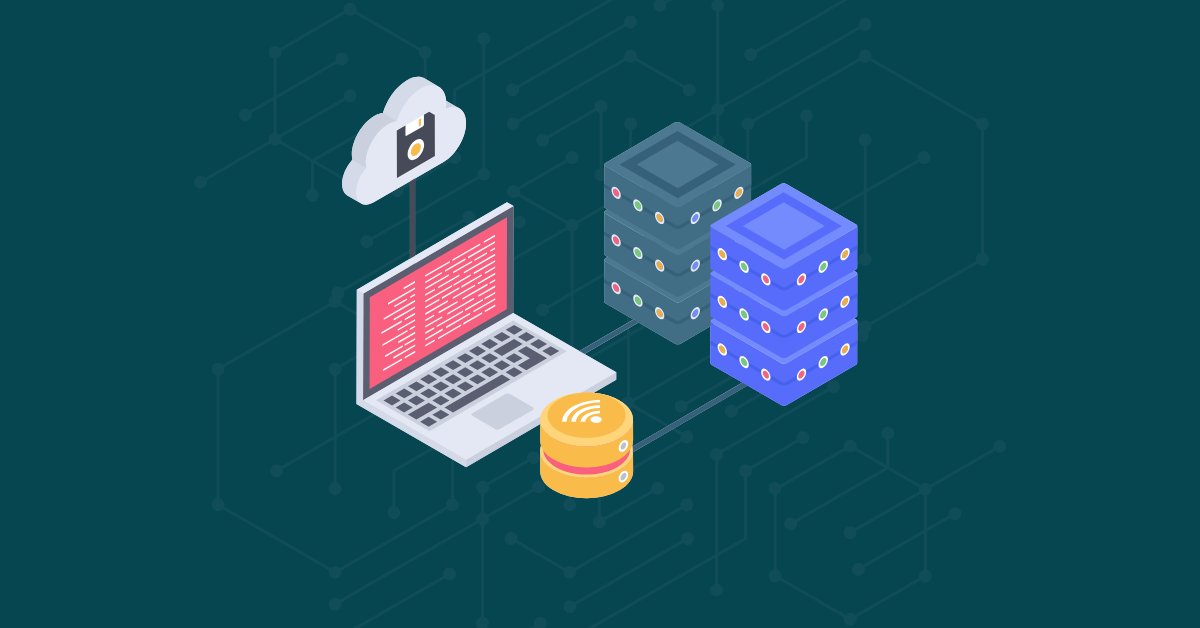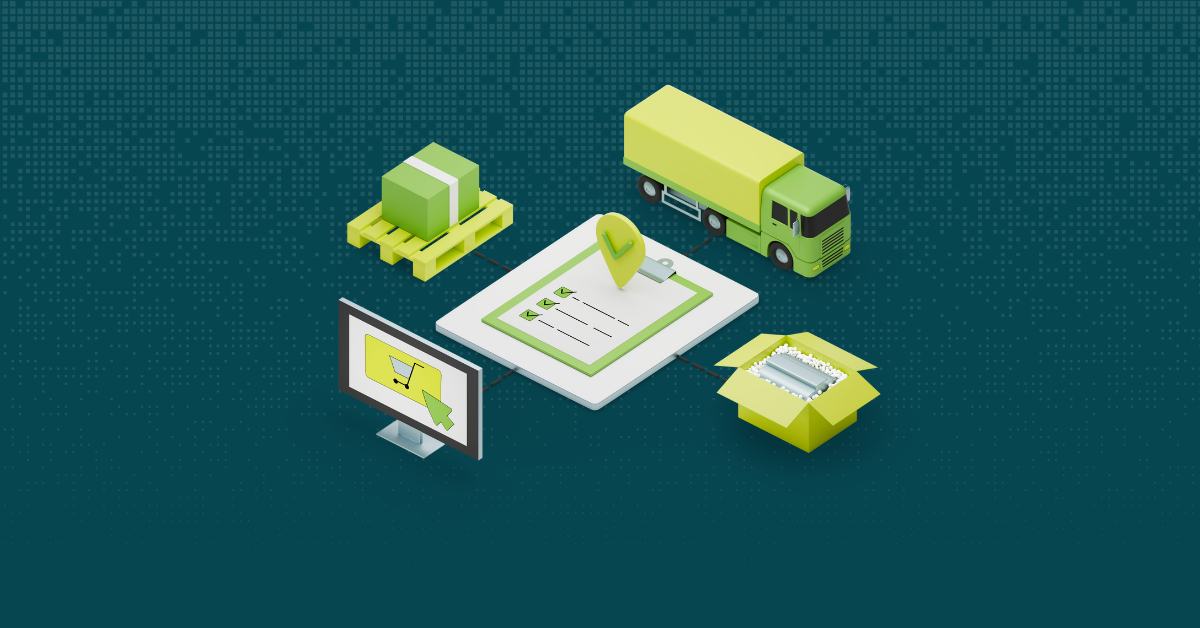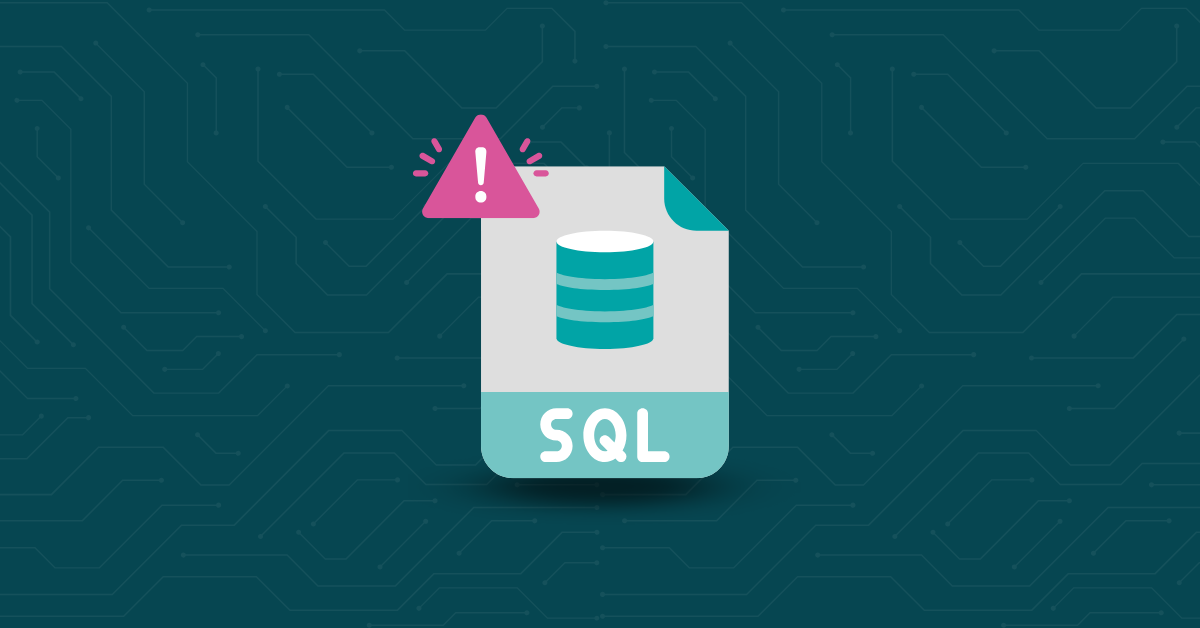

As application development evolves, and the use of artificial intelligence (AI) for chatbots and other purposes grows, more companies are moving to cloud-based services. But as much as they are beneficial, these environments are also more prone to cybersecurity vulnerabilities due to their complexity and the sheer number of components. Thus, many organizations are left wondering how to detect vulnerabilities in a fully managed cloud service.
Fully managed cloud services require a structured approach to security so you can take advantage of productivity benefits without opening yourself up to associated security risks. Without proper controls in place, businesses risk exposing sensitive data due to broken access controls—a leading vulnerability identified by the Open Web Application Security Project (OWASP).
Cloud vulnerabilities are weaknesses or flaws in cloud-based infrastructure—like misconfigurations, insecure APIs, or poor access controls—that attackers can exploit to compromise data, systems, or services.
Today’s apps are often driven by complex machine-learning technologies that rely on massive datasets and demand a lot of processing power. As a result, companies are sending more of their data storage and processing to the cloud, which can be an easier target for hackers to attack.
Additionally, the rise in artificial intelligence (AI) makes it simple for anyone to exploit these vulnerabilities. Attackers no longer need to be technically proficient or spend hours crafting phishing emails. Widely available, free large language models make coding malware effortless and can send out thousands of personal emails in seconds.
Even hackers without the resources or skills to create their own malware can take advantage of Ransomware-as-a-Service (RaaS) operators, who will craft ransomware attacks for a price. Combined, these are some of the factors that are driving an exponential increase in cloud-based attacks.
Overlooking basic cybersecurity measures—such as weak access controls, misconfigured services, or outdated systems— is typically the main cause of cloud vulnerability exploits. Cloud environments often include components managed by cloud providers, third-party vendors, or integrated open-source tools, any or all of which can introduce risk if not properly configured or maintained. This means there are many opportunities for misconfigurations or other security flaws that allow hackers a way into your cloud data.
A notable example of this is the Change Healthcare ransomware attack from 2024. The Russian ransomware group ALPHV exploited a legacy server’s lack of multifactor authentication to gain access and implement an attack that exposed the personal data of 100 million people.
Below are the most common vulnerabilities in cloud systems.
Misconfigurations are among the most common—and often most devastating—cloud vulnerabilities. In Microsoft’s Blue Bleed breach, a misconfigured endpoint exposed the sensitive data of over 65,000 entities in 111 countries over five years.
Misconfigurations are often the result of limited visibility into cloud architecture, rushed development cycles, or a lack of standardized coding enforcement. Automated scans of your codebase can help uncover misconfigurations in real time.
An application programming interface (API) lets apps communicate with each other better, but it can also introduce security vulnerabilities in cloud resources. Insecure APIs can lead to issues such as data theft, resource tampering, and service interruptions.
To effectively secure APIs, your teams need to establish a comprehensive API security policy alongside continuous oversight of their behavior and exposure. This includes:
When you’ve updated your API security policies and procedures, you can use automated tools to monitor API traffic for anomalies.
In a cloud environment, you should follow the principle of least privilege to improve your security posture. When too many users are granted excessive permissions, even a single compromised account can give an attacker access to your entire system through one unguarded endpoint.
Only grant users access to the resources they need to do their jobs—and only for the amount of time necessary. If a user only needs to access a subset of a resource, don’t give them access to the entire resource.
Frequently review user privileges and update them as needed. Implementing role-based access control (RBAC) will simplify this process and eliminate the need to manually change privilege controls whenever someone changes positions within your organization.
Enforcing multi-factor authentication (MFA) will also help eliminate weak access control. MFA provides an extra layer of security and can ward off brute force attacks. This is an important consideration given that the most common password in the world is still 123456.
Failing to secure your cloud environment can lead to a wide range of consequences—financial, legal, reputational, and operational. While not every breach ends up on the front page, the long-term effects can be just as damaging behind the scenes.
Security incidents often make headlines—especially when sensitive customer or business data is exposed. The loss of public trust can be difficult (and expensive) to recover from.
An example of this is the SolarWinds supply chain attack, which impacted over 18,000 organizations including U.S. government agencies. Trust in the company’s software fell off significantly, and the damage to their brand and market perception persists years later.
Violating data protection laws like GDPR, HIPAA, or CCPA can result in steep penalties, especially if regulators determine negligence in how vulnerabilities were handled. These fines often scale with the size of the breach and the organization’s failure to implement adequate safeguards.
A single cloud breach can disrupt internal systems, halt customer services, and delay critical processes. Recovery may take weeks or months, depending on the complexity of the incident.
In 2025, PowerSchool—a K–12 operations platform—was breached, exposing sensitive student data. The resulting downtime forced schools to revert to manual operations, delaying academic services for millions of students.
Customers increasingly expect companies to treat data security as a core value. One breach can erode that trust and cause users to abandon your services altogether—especially in industries like healthcare, finance, or education where data sensitivity is high.
Beyond fines, companies face significant direct and indirect costs: breach remediation, forensics, public relations, legal services, and lost revenue from churned customers. According to IBM’s 2024 Cost of a Data Breach Report, the average global cost of a data breach reached $4.88 million, marking a 10% increase over the previous year. That’s a hefty bill, but nothing compared to the $100 billion that the SolarWinds attack is estimated to have cost affected organizations.
To truly protect your cloud-native applications, it’s not enough to identify vulnerabilities—you need to build a culture of security that’s integrated into your architecture, development workflows, and daily operations. Below are key areas to focus on, with practical steps to help you turn strategy into action.
Traditional network-based defenses are no longer sufficient in dynamic cloud environments. Building a security-first mindset starts with clearly defined policies and processes that align with how cloud-native apps are built and run.
Cloud providers operate on a shared responsibility model, which means some aspects of your infrastructure are your responsibility—not theirs. Understanding those gaps is a big step in reducing risk. Here are a few suggestions to get you started:
Security is everyone’s responsibility—but developers are on the front lines. Promoting education early and often is one of the most cost-effective ways to improve your security posture. Tips to put this into play include:
Ongoing visibility into your environment is crucial to spot suspicious activity early. Without centralized monitoring and strong access controls, even small issues can escalate quickly.
Security isn’t static—your environment, threat landscape, and tools evolve constantly. Regular risk assessments ensure that your policies and defenses keep up with those changes. Smart strategies include:
Fully managed cloud services introduce challenges for developers and security teams—from misconfigurations to insecure code paths buried in fast-moving pipelines. With shared responsibility and third-party components in the mix, catching vulnerabilities early is critical, and that’s where automation makes a difference.
Kiuwan helps by scanning both proprietary and open-source code to catch issues before they hit production. In cloud environments, where one misstep can replicate across containers or services instantly, early detection is essential.
Instead of waiting for post-deployment audits, integrating automated scanning into your CI/CD pipeline enables teams to shift left, finding and fixing risks earlier with less disruption.
In cloud-native development, speed is expected—but security must scale with it. Automation is both efficient and a sustainable way to keep pace as systems grow more complex.Want to see how Kiuwan can fit into your cloud-native workflow? Request a free demo and explore how automated security scanning can help your team move fast and stay secure.


